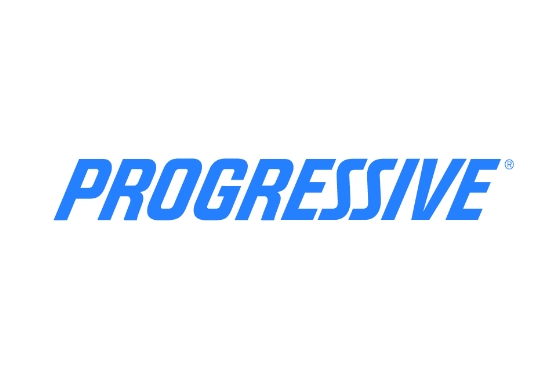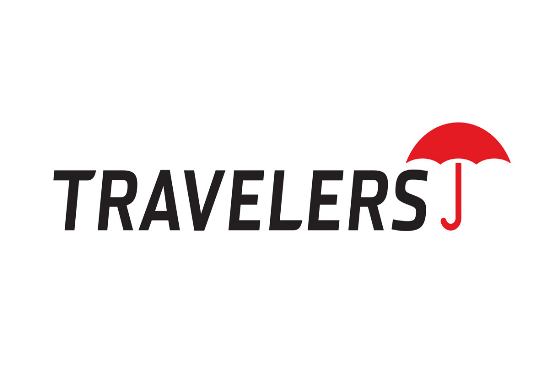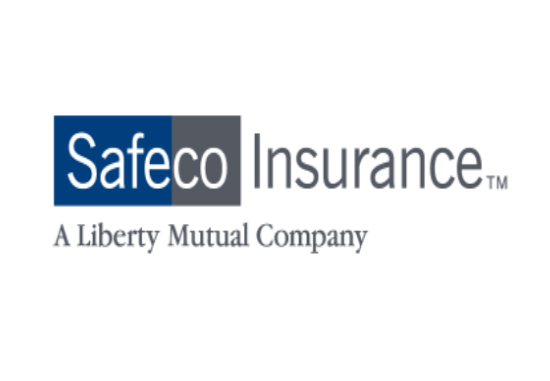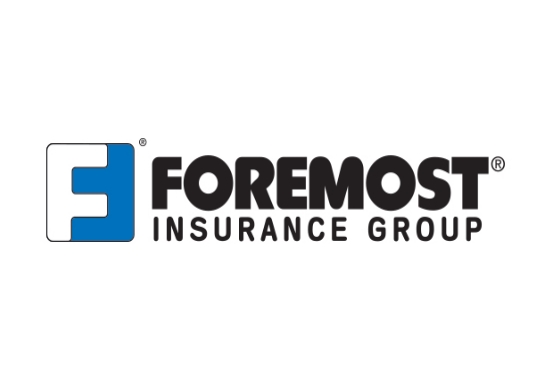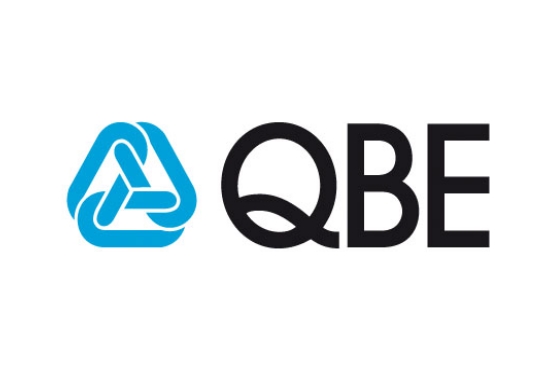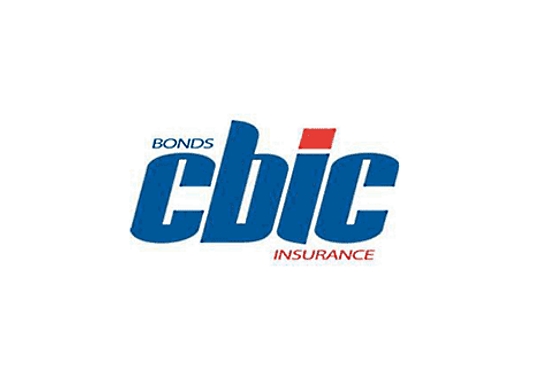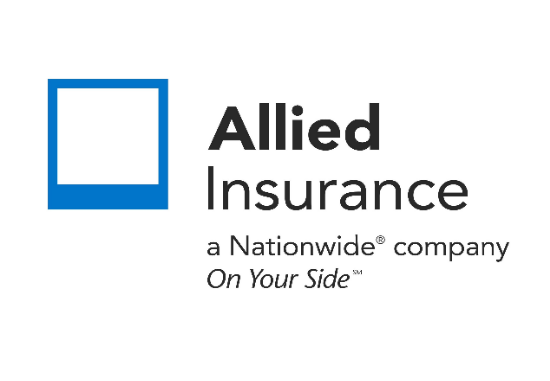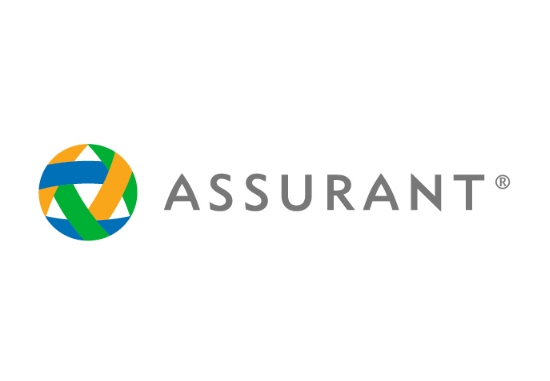How much auto insurance liability do i need?
You need auto liability insurance that covers the minimum state required limits and protects your assets. Experts often recommend limits of at least $100,000 per person/$300,000 per accident or higher. Evaluate your income, assets, vehicle value and risk exposure before choosing proper liability limits.
Quick Answer
At minimum you must meet your state’s required liability limits for bodily injury and property damage. But smart liability coverage goes beyond the minimum: if you have assets, a high risk profile, or drive a valuable car, aim for limits like $100K/$300K or $250K/$500K to protect you from potential lawsuits and major expenses. One accident can cost hundreds of thousands.
Key Points
Auto liability covers bodily injury and property damage you cause to others when driving your vehicle.
Each state sets minimum legal limits for liability coverage, but these often don’t provide full protection.
Your personal financial situation, vehicle usage, risk profile and assets should guide your actual required limit.
Under-insuring exposes you to personal liability: your wages, savings and future earnings could be at risk.
Higher limits mean higher premiums, but they’re still very cost-effective as protection.
Consider “uninsured/underinsured motorist” and “medical payments” coverages depending on your state and situation.
Determining How Much Auto Liability You Need
What Does Auto Liability Cover?
Auto liability insurance protects you when you’re at fault in a crash and cause:
Injury or death of other drivers, passengers or pedestrians.
Damage to other people’s property or vehicles.
It does not cover your vehicle damage or your own medical bills (that’s collision or comprehensive, or your own medical coverage).
Understanding State Minimums
Every state mandates minimum liability coverage — for example, $25,000 bodily injury per person / $50,000 per accident / $25,000 property damage (25/50/25). While these meet legal requirements, they often leave major gaps:
A serious crash might cost $300,000+, leaving you personally on the hook.
Medical bills, lost wages, pain and suffering accumulate quickly beyond minimums.
Property damage could exceed the standard $25,000 limit easily with newer cars.
Confirm Your Risk Exposure
Ask yourself:
How much do I earn now, and expect to earn in future?
What assets or savings do I want to protect (home equity, investments)?
Do I drive often or engage in high-risk driving (rideshare, long commutes)?
How valuable is my car? Are there passengers frequently in my vehicle?
What’s my comfortable deductible and premium budget?
Recommended Liability Limits
As a rule of thumb:
Single young driver, minimal assets: $100,000 / $300,000 / $100,000 might be acceptable.
Established professional, home owner, family driver: $250,000 / $500,000 / $100,000 or higher.
High net-worth individual, long drive, high risk exposure: consider $500,000+ liability or even umbrella coverage.
How to Raise Liability Limits
Contact your auto insurance provider and request higher limits.
Maintain a clean driving record — insurers will offer better rates at higher limits.
Bundle auto with home insurance — multi-policy discounts reduce extra cost.
Compare quotes from multiple carriers to find affordable higher coverage.
After raising auto liability, consider adding a personal umbrella policy for excess protection once auto liability limits are exhausted.
Real Cost/Benefit Example
Suppose your state minimum is 15/30/10 ($15K/$30K/$10K). You upgrade to 100/300/100 ($100K/$300K/$100K).
The premium difference may be only $5-$15 per month. However, the extra coverage shields you from a $1 million claim that becomes your personal liability.
FAQs
1. Is meeting the state minimum enough liability coverage?
Not usually. Minimums meet legal requirement but often leave you exposed to major personal liability.
2. What happens if I cause a crash with costs exceeding my liability limits?
You could be personally responsible for the excess — meaning your wages, savings, business profits or future earnings could be garnished or at risk.
3. Does liability coverage cover rental or borrowed cars?
In many cases yes, if your policy extends to rental/borrowed vehicles; confirm your policy details. Also check if the activity involves commercial use (rideshare), which may require extra coverage.
4. Do I need umbrella insurance on top of auto liability?
If you have assets to protect, yes—once your auto liability limit is used up, an umbrella policy kicks in to cover the next layers of exposure.
5. How much more will higher liability limits cost?
Relatively little compared to risk. Often raising from state minimum to 100/300 liability adds only a small premium increase, yet greatly increases protection.
Final Thoughts
“How much auto liability insurance do I need?” is a pivotal question for all drivers. While covering the state minimum keeps you legally driving, real protection comes from evaluating your assets, risk exposure, vehicle usage and then choosing liability limits that shield your financial future. Upgrading today could mean avoiding a catastrophic personal loss tomorrow.
Are you ready to raise your auto liability protection and secure the right coverage for your driving risk? Fill out the form below to get expert guidance and a tailored insurance solution from our network of carriers. Start now — get personalized options fast, secure, and tailored to you.
Related Posts
Get a Right Insurance For You
SHARE THIS ARTICLE
We will compare quotes from trusted carriers for you and provide you with the best offer.
Whatever your needs, give us a call, have you been told you can’t insure your risk, been turned down, or simply unhappy with your current insurance? Since 1995 we’ve been providing coverage to our customers, and helping people across United States.

